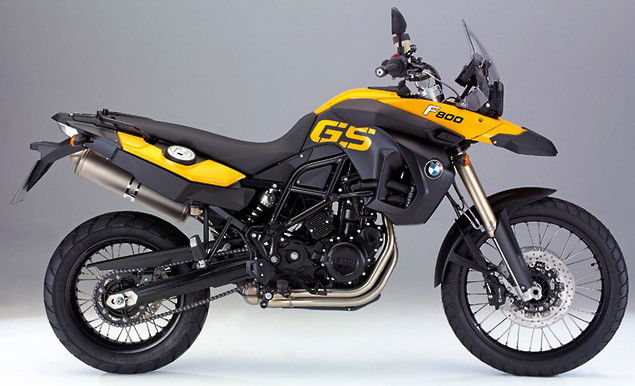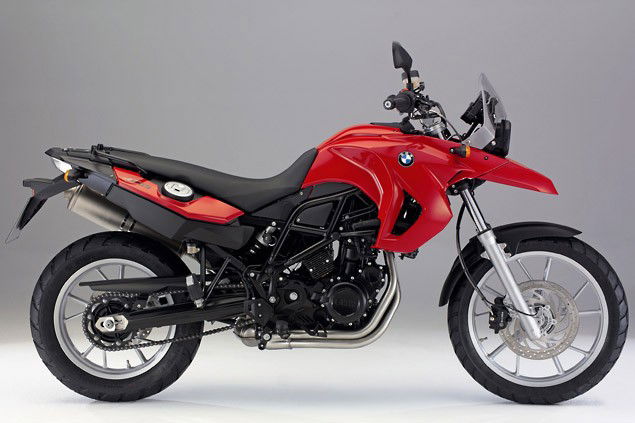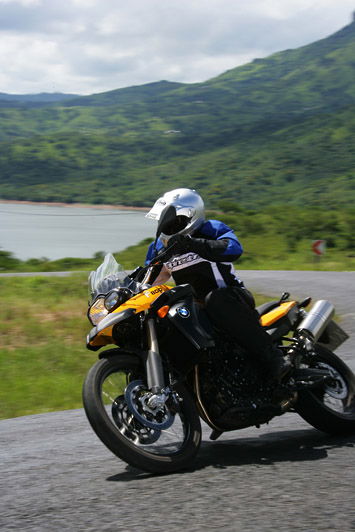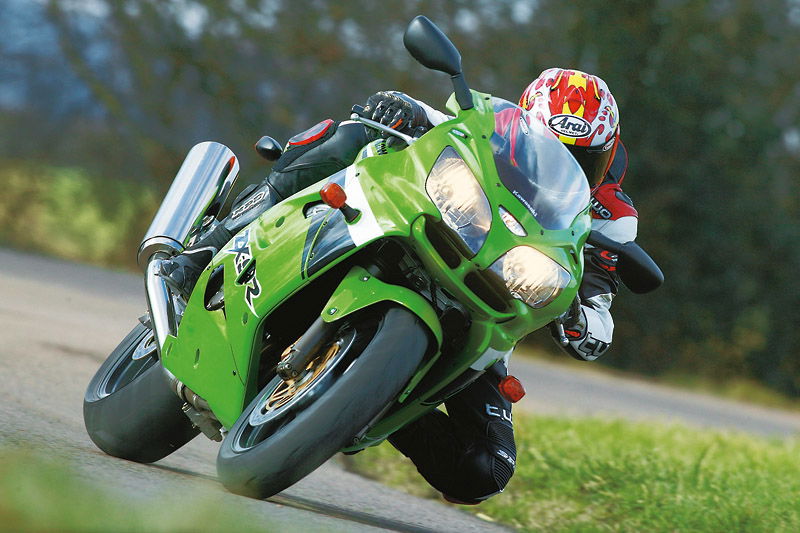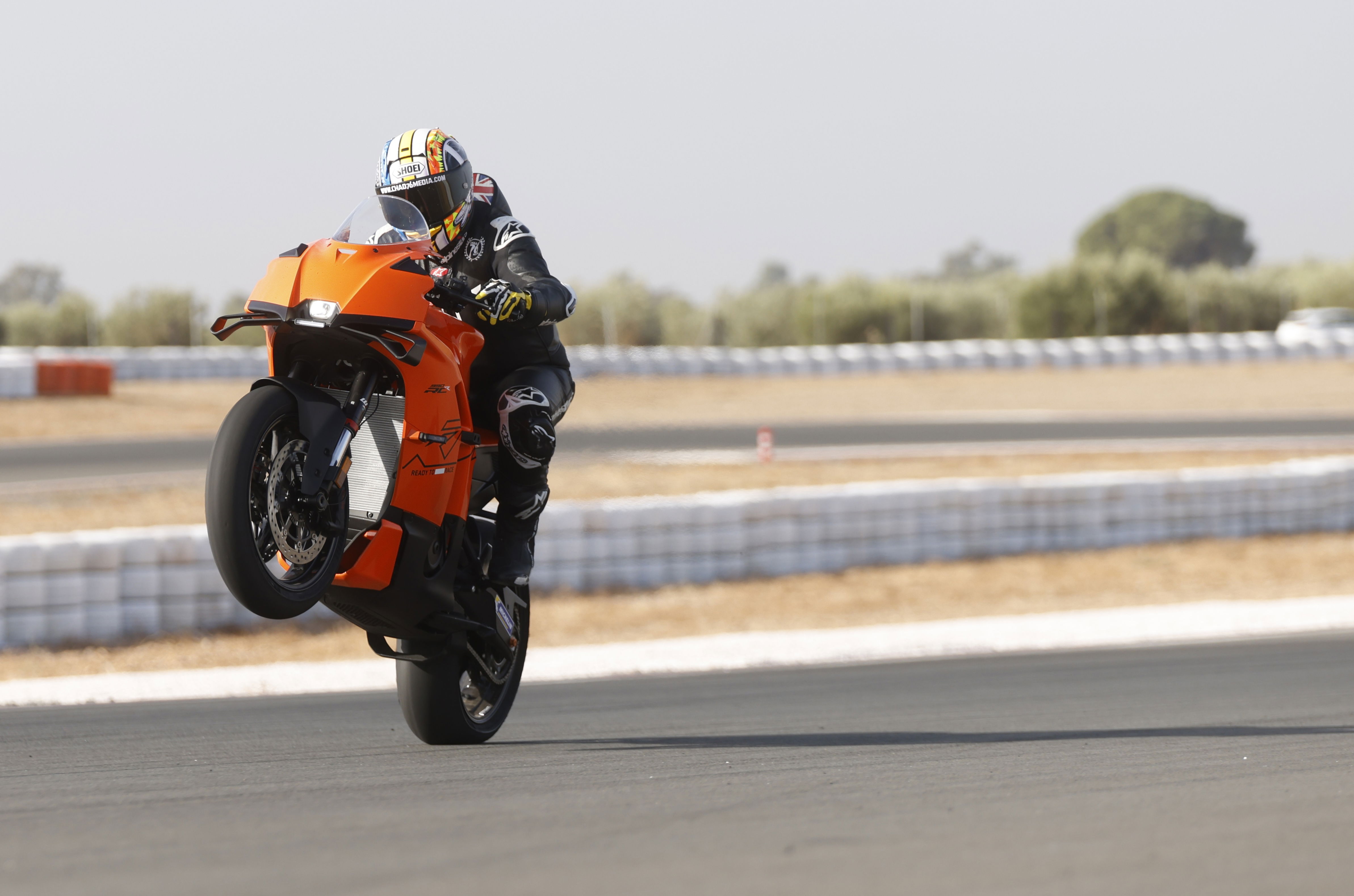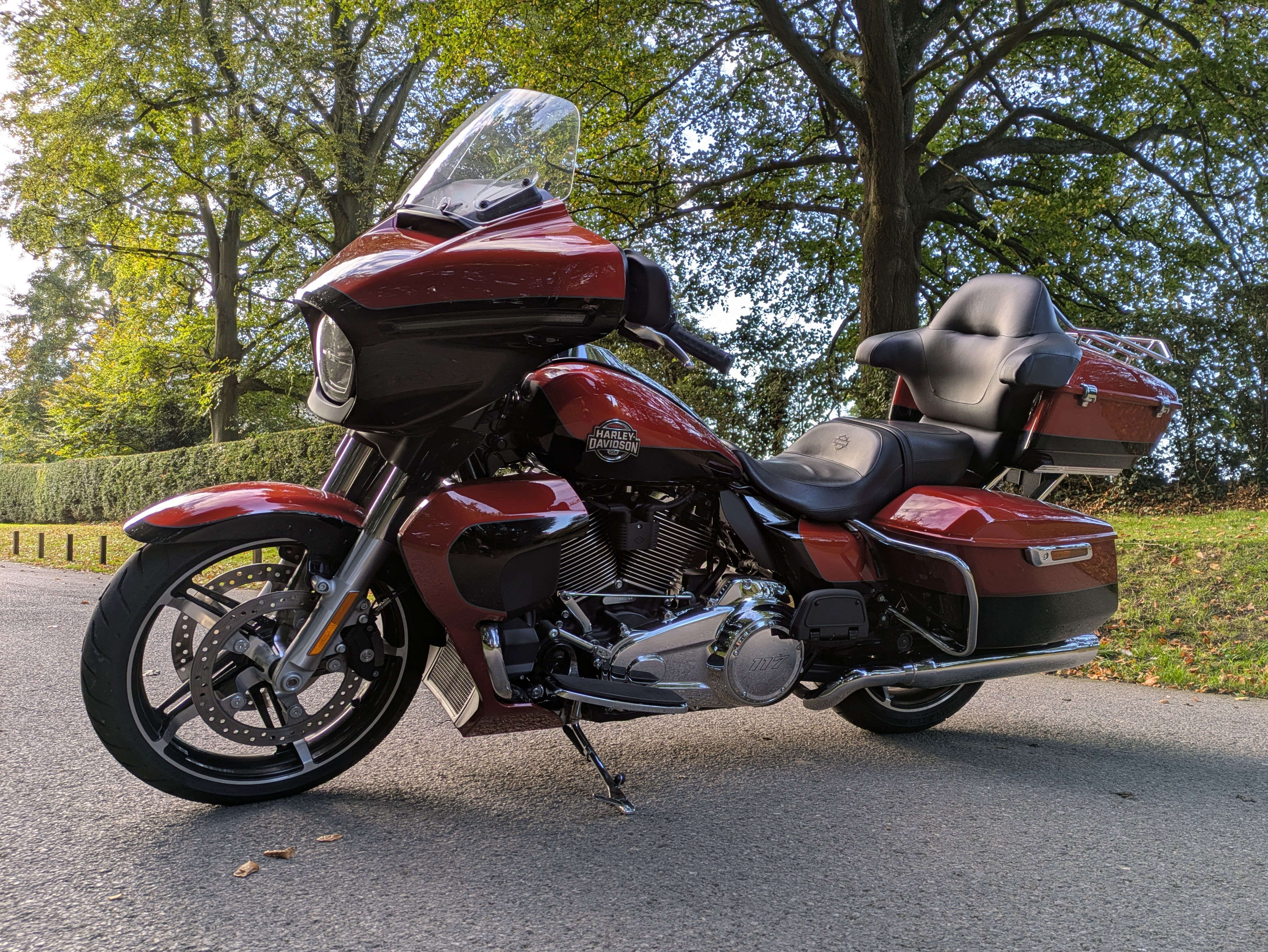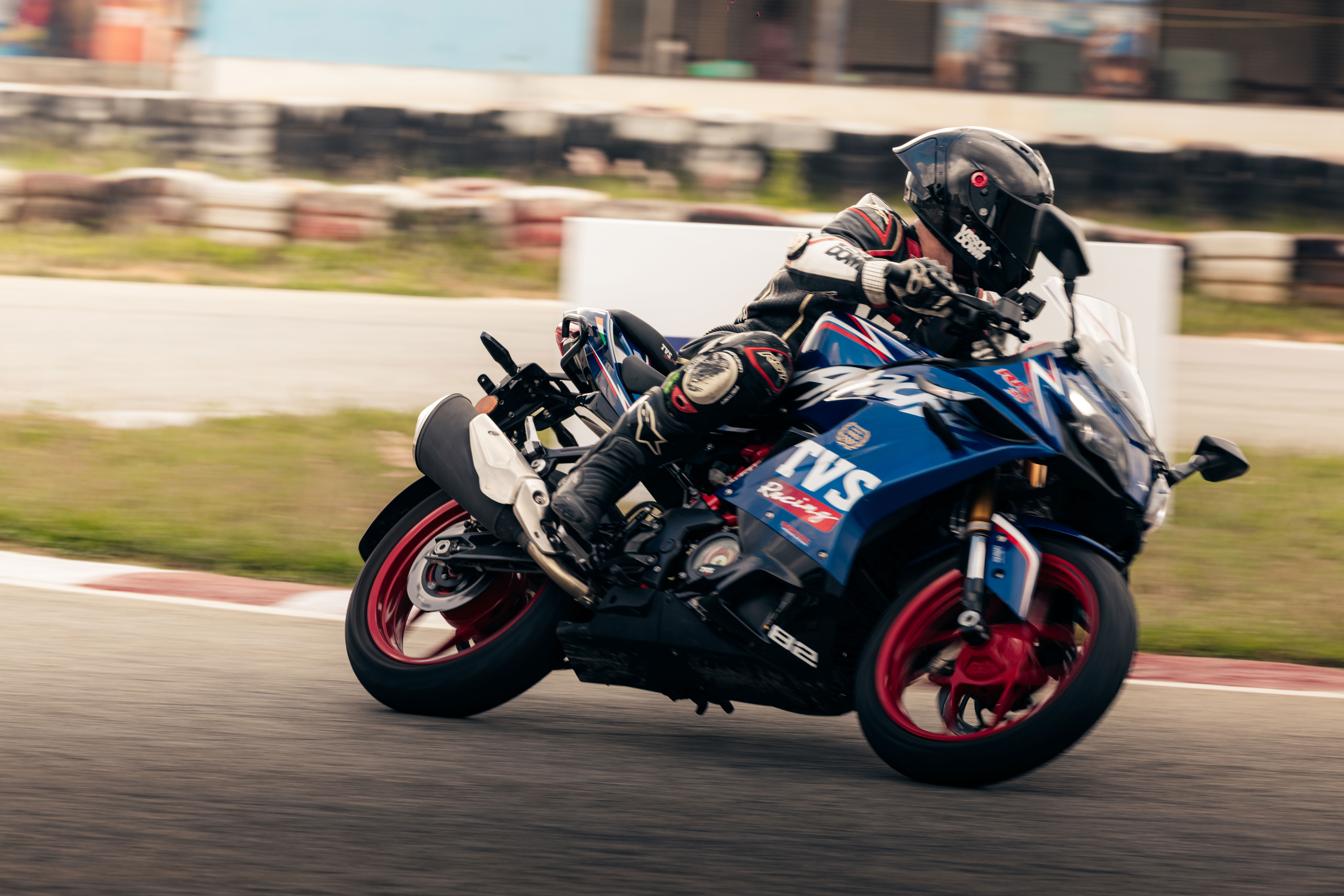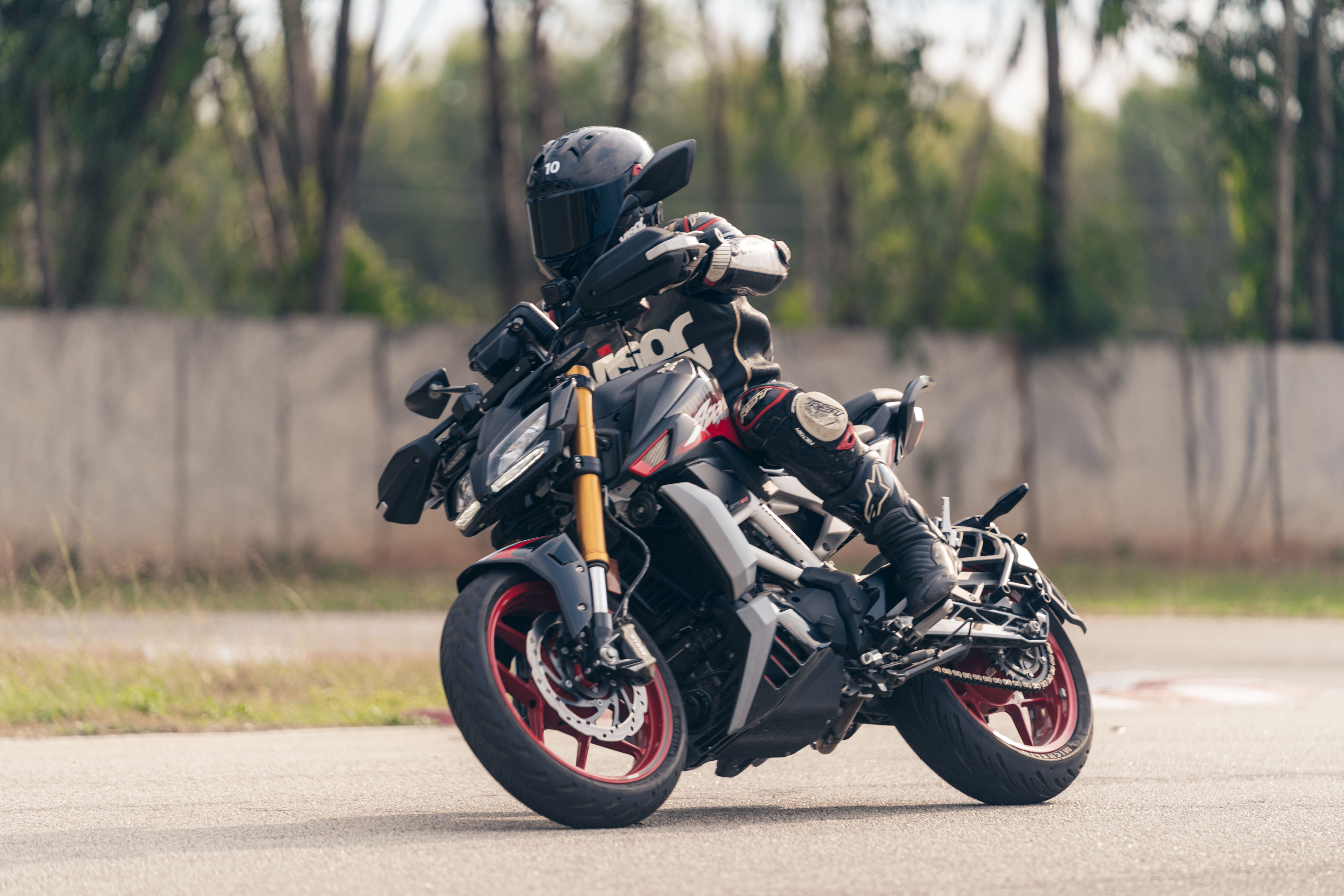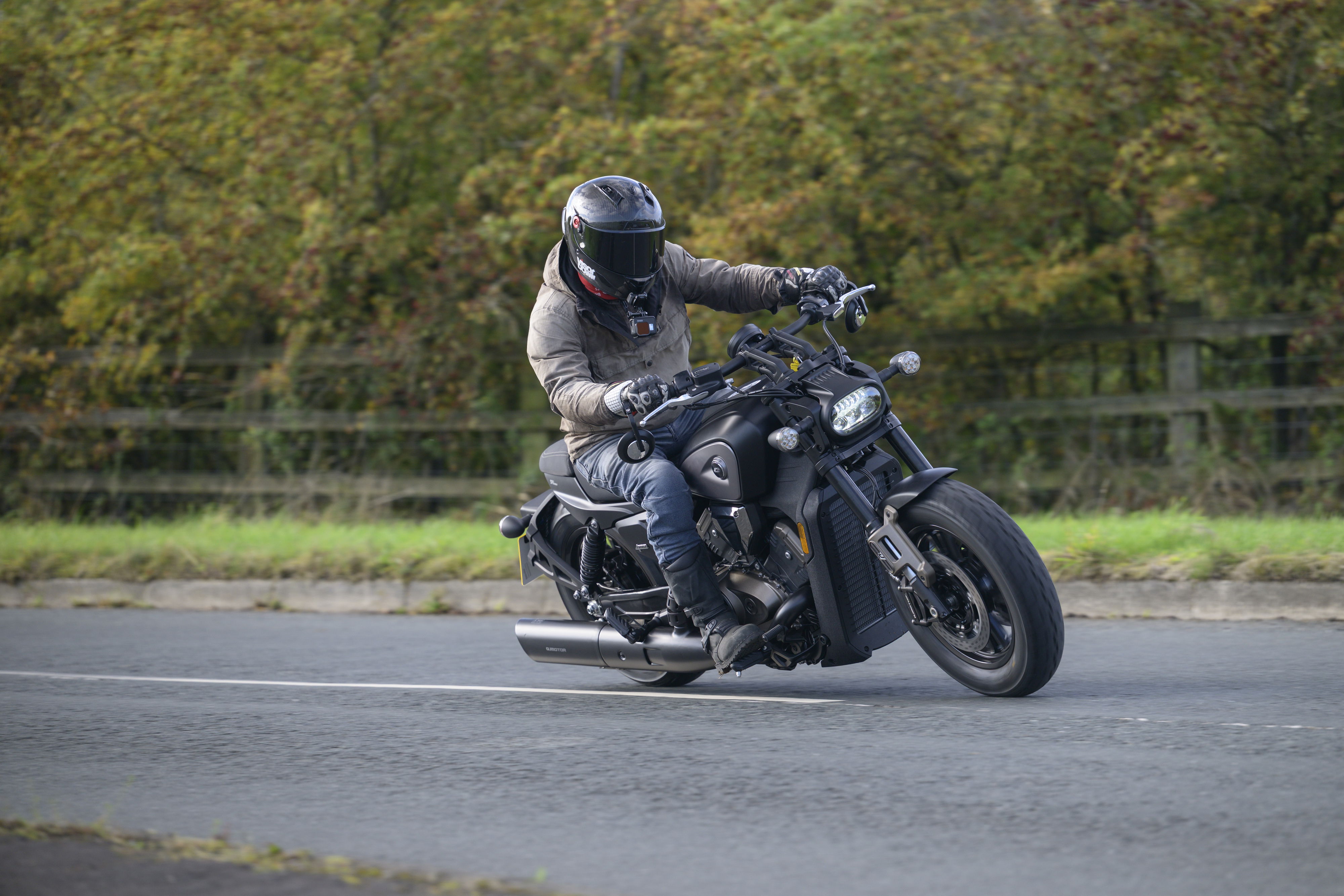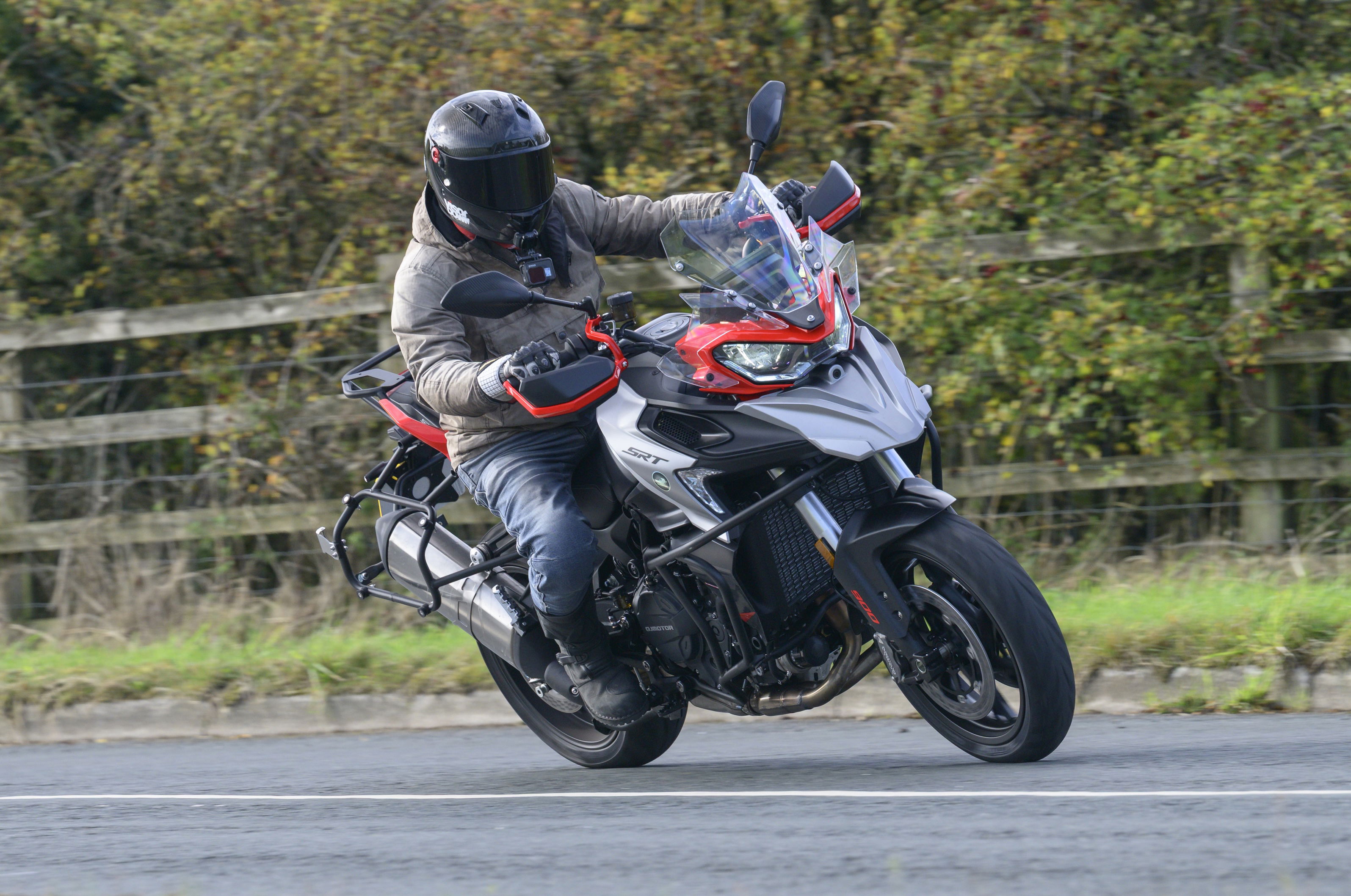Buyer Guide: BMW F650GS / F800GS
The ultimate buying and owning guide by the people who know these bikes best: those who’ve bought them, run them, broken them, fixed them, spent money on them and more


Click to view: BMW F650GS / F800GS owners reviews, specs and image galleries.
BMW is a manufacturer on a roll. No surprise then when the new F800GS went straight to the top of the mid-size adventure bike class when it was first sold in 2008. The bike was so good it revolutionised a stagnant sector and made it one of the most exciting two-wheeled classes. Mid-capacity twin cylinder trail bikes had always been dull but worthy. The new BMWs were light, fast and exciting.
Like all modern Beemers, the F800 and 650GSs are more conventional than older models. The parallel twin engine doesn’t have any radical technology but it provides a good combination of urge and economy. Suspension’s regular stuff rather than BMW’s unusual Paralever/Telelever set-ups. They’ve even gone for chain drive not shaft or belt but it all works extremely well.
Competitors are few. Honda’s latest Transalp’s a solid bike but heavier, less powerful, less exciting and much less capable off road. Suzuki’s DL650 V-Strom’s cheap and capable on the tarmac but once again, poor when you hit the trails. There are more hardcore options like KTM’s single cylinder 640 Adventure but that’s not a good bike on the road even if it’s awesome off it. The 800GS sits at the optimum point in the on/off-road continuum for most and it’s dynamically well ahead of the competition too; 85bhp pushing just 178kg dry weight sees to that. There’s even a cheaper, lower, lighter, more road-oriented version, called the F650GS but it shares most parts including the engine with the 800cc F800GS so we’ve included it here.
The bike was unveiled late in 2007 and sold from 2008 onwards. Some bikes are now outside the factory warranty so should you be wary if you’re buying a used one? Find out from the 77 owners who filled in our online survey. Sixty own the F800GS and the remaining 17 the twin cylinder F650GS. In total, they’ve done well over half a million miles on these machines so feel free to believe what you read.
Owner Case Study: "I rode round the world on mine"
Clive Hale bought a new 2009 F800GS, did 4,000 miles on it before setting off on a four month, 21,000 mile ride from London to New York, via Siberia
“It’s a fantastic machine and perfect for the job. If I was going again tomorrow I’d take my bike rather than any other. We had nine 800GSs on the trip, an R1150GS Adventure and two R1200GSs too. The bigger bikes had longer fuel ranges but the extra weight counted against them. I ran my bike dry in the Turkmen desert. The console said it was empty at 230 miles but it made it to 263 before stopping. Fortunately the back-up truck wasn’t far behind.
“They do have a very sharp throttle response which can catch out the less experienced off-road. I’d only done a short course in Wales and really noticed it but the guys who grew up on motocrossers loved it.
“It suffered from the top engine cover oil leak as so many of them do. The BMW cure seems to be a tube of sealant which sometimes works. There’s a lot of talk of the standard chains being no good but the bikes on our trip with them still fitted had no problems. Apart from the oil leak, the only problems my bike had were two punctures and a headlight bulb blew. Considering it hasn’t had an easy life that’s pretty impressive”
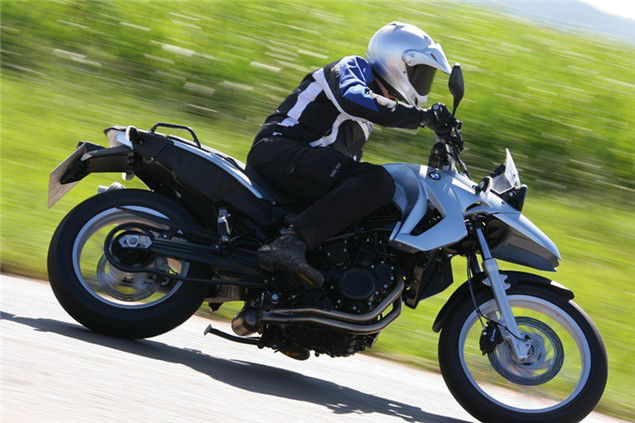
What to pay
These bikes are nearly new and like all GS BMWs hold their value well. Factory extras can make a significant difference to value, especially ABS and hard luggage. BMW lists 11 major options and 21 bolt-on extras so check spec carefully.
Most bikes are still in the BMW dealer network and that means they get 12 months warranty in addition to the factory one although these run concurrently not consecutively. Buy from an independent dealer or privately and you’ll pay about £5,000 for a tidy two year old bike. It’d be more like £5,800 in a BMW dealer with six month old minters making more like £6,500. BMW dealers aren’t allowed to discount new bikes but we’ve recently spotted a modestly spec’d 800GS with just 10 miles on the clock for a fraction over £7,000.
The F650GS is significantly cheaper but rarer too. An early bike with high miles goes for about £4,750 in a BMW dealer and more like £4,250 elsewhere while a 6 month old minter would be more like £5,500 from a main agent and you’ll struggle to find one elsewhere. Don’t confuse it with the older single cylinder F650GS. It’s worth checking out the superb GS website, www.ukgser.com as there are some private sale 650 and 800GSs advertised there. There’s a £12 annual subscription but it’s well worth it if you’re serious about owning a GS.
Parts
BMW genuine parts aren’t cheap but most aren’t outrageous either. There are few used parts in breakers yet but it’s worth trying good specialists like Motorworks (01484 353600) and Motobins (01775 680881).
Sample prices for genuine new parts:
- Bar end: £19
- Left mirror £31
- Rear pads £23
- Clocks (inc on board computer) £448
- Headlight £242
- Clutch lever £47
- Left front indicator £36
- Front brake disc F650GS £156
- Front brake disc F800GS £216 (two required)
Servicing costs
Average prices paid in our survey:
- 6,000 mile/12 month service: £132
- 12,000 mile/24 month service: £231
I work on them
Ian Street is workshop controller and senior technician at highly respected BMW dealer CW
Motorcycles Dorchester
“The F800GS and F650GS have proved to be really nice bikes. I like the 800 but some people prefer the 650 and say it rides better and they prefer the gearing.
“There were a few teething problems with some of the early bikes but nothing too serious. They should have all been sorted before the bikes left the showroom or with dealer campaigns. The top radiator hose was slightly too short on some bikes. The fix was to fit a longer hose and to check the pipe finish where it connects to engine.
“There were a few rocker cover oil leaks. This was generally fixed with some sealant, especially on the left-hand side by the scallop shapes. We did replace a couple of rocker covers too as they were possibly distorted.
“As for chains, we did see a couple with broken side plates. I think this could have been caused by poor chain adjustments (too tight). They’re a good bike to service. When we check the valves at 12,000 miles most of the time they don’t need the shims changing. They’re semi hemisphere shims – like a ball cut in half – and don’t seem to wear. So they just go back together which is good.”
“Overall they’re a really good, reliable bike.”
The nuts & bolts
Servicing
A service is due every 6000 miles (or 12 months). It alternates minor then major which includes valve clearances and replacement air filter. Every second minor service (18,000 miles) the fork oil should be replaced. Every second major service (24,000 miles) the spark plugs should be replaced.
Average price paid for a minor service in our survey was £132 with three under £100 and four over £200. Average for the major service was £231 with six owners paying less than £150 and seven paying £300 or more. That’s very reasonable considering most owners are using BMW dealers to do the work.
Fuel consumption
Fuel consumption is excellent on both models. Several owners say the on board computer is overly optimistic but these are still some of the most frugal bikes out there. As with all bikes it varies massively with use. Stephen Armitage says he gets between 45 and 80mpg depending how fast he’s riding his 2009 F800GS. Overall 800s averaged 57.9 and 650s 66.4mpg.
Brake pads
Just one owner in our survey used non standard brake pads. Everyone else used the BMW official ones which are made by Brembo. Almost all of them happy with them but there was little glowing praise. There were a few grumbles from 650 owners that the front brake on their bikes weren’t that powerful (it’s single disc rather than the 800s two) and that pads could wear out in as little as 6000 miles.
Tyres
Thanks to light weight and fairly modest power, tyre life is good. Average front life was 7473 while rear managed 7191. Quite a few owners got over 10,000 miles from both. More off road orientated rubber tends to wear out faster although that could be because it’s getting a harder time if bikes are being used on poor surfaces.
The most popular tyres are Bridgesone Battlewings with exactly half the riders surveyed using them. They were the original fitment on most 800s and while some owners say they’re ok others say they’re poor in the wet and worse off road. The next most popular are Continental TKC80s with 15% favouring them. They’re dual purpose but more off road orientated than most mainstream alternatives. Michelin Anakee and Anakee II were third most popular with 13% using them and all seem very impressed. Honourable mentions to Heidenau K60 (we’d never heard of them either) as some owners say they’re the best compromise between on and off road use and Continental Trail Attacks for being well liked at a bargain price.
Jonathan Fox has covered over 30,000 miles on his 2008 800GS. He said: “I have used the stock Bridgestone Battlewings, a set of Continental TKC 80s and currently Michelin Anakee IIs. The best have to be the Anakees. They are superb in the wet. They don’t wear too fast and I’ve even used them off road. “
Hard luggage
Out of 77 owners in our survey, 61 had hard luggage. The most popular by far is BMW’s own Vario panniers and top box with 23 people using it. Most say it’s fine but there’s a few grumbles that the panniers are awkward and too small and it’s not that cheap. Nine owners had Givi and none had a bad word to say about it. Six had BMW’s aluminium Adventure luggage. Four have Metal Mule which is proper round the world kit and highly rated but expensive. Three owners use Birmingham made Stahl-Koffer which is basic but affordable aluminium overland kit.
Exhausts
Just 20 owners have after market exhausts. Owners say the standard one gives a respectable rasp and some think a different one won’t increase power. The most popular choice for those who do change it is Beowulf; they’re well liked and cheap. Akrapovic, Remus and Scorpion are all joint second in terms of frequency. BMW authorise Akrapovic so it doesn’t affect warranty plus everyone with one seems very happy with it. Scorpion are typically fitted as part of a Metal Mule luggage package so pannier size isn’t limited by the standard can. Remus gets mixed reviews; one owner says the paint’s flaked off and another said the gasses were melting his number plate and had to modify the can as a result. If you are planning to ride somewhere abroad with poor quality petrol it’s wise to use an aftermarket exhaust to avoid damaging the cat.
What goes wrong
These are almost new bikes but some owners report some significant issues. The most common is problems with the chain. Eleven people in our survey said it’d caused some grief from snapping within 2000 miles to needing replacing in 3000 miles. That’s a potentially serious flaw. Ten owners told us they’d experienced oil leaks from the rocker cover on the top of the engine. Four had the top coolant hose (the one between the water pump and the radiator) pop off while riding, often spraying their leg with very hot water. One owner experienced this four times despite his BMW dealer attempting to fix the problem. Four had issues with the fuel gauge over reading, possibly caused by a faulty level sensor. Four reported premature wheel bearing failure, two said a headlight retaining bolt failed, two had headstock bearings need replacing much earlier than they hoped. Sixty three issues of one sort or another were reported in total but over half the riders surveyed had none at all. In almost every case, owners seemed happy that BMW and their dealer sorted the problems satisfactorily. The only recall on these bikes was for the sprocket carrier bolts which loosened on very early 650s and 800s and front disk bolts not tightened correctly on very early 650s. Only a few early units were affected, and all have been sorted.
Mods
Just five out of 77 owners hadn’t modified their bikes in any way. Two areas which many saw as needing improvement are the screen and the seat. MRA’s Vario Touring screen seems to be the best replacement but some F650 owners say the taller 800 screen works well on their bikes. Sargent seats are well liked, BMW do their own comfort seat but the most popular way to boost bum comfort was to get the original seat modified such as Ade Orrom who said: “I had memory foam put in the seat by Viking Vinyl near Brands Hatch. Now I can ride it for more than 30 minutes without my arse dropping off.”
There’s far too many other mods to list but here’s some which stood out when we asked people which their best one was: Camel Toe side stand foot extender, HID dip beam conversion, Touratech or R1200GS handguards (better than the standard ones), a £2 washer from eBay which cures the wobbly rear master cylinder, Adventure-Spec crash bars and bash plate, Horning centre stand (better than the optional BMW one) and various chain oilers, the most popular being Scottoiler.
Finish
Very few complaints here. Forty six owners (that’s 60%) were happy with the finish of their bike. Seven said fasteners corrode and six mentioned the same problem affecting brake discs – but that’s the case on all bikes. Smaller numbers commented on thin paint which rubs through easily and corrosion of / around the spoke nipples. Overall that’s still very impressive as most modern bikes get far more grumbles.
Your Reviews
We're still looking for reviews of BMW's adventure bikes, log your impressions of the F650GS and F800GS in our reviews section.
Specifications
BMW F650 GS
Engine l/c, 8v, injected, twin, 798cc Power 71bhp @ 7000rpm Torque 55bhp @ 4800rpm Insurance 10 Dry weight 179kg Seat height 820mm Fuel capacity 16 litres Top speed 120mph
BMW F800 GS
Engine l/c, 8v, injected, twin, 798cc Power 85bhp @ 7500rpm Torque 59ftlb @ 5700rpm Insurance 12 Dry weight 185kg Seat height 880mm Fuel capacity 16 litres Top speed 125mph
